CBD Flower vs CBD Oil: Which One Is Right for You?
The world of CBD products has exploded in recent years, offering consumers an impressive array of options for incorporating cannabidiol into their wellness routines. Among the most popular choices are CBD flower and CBD oil, two distinct products that deliver the benefits of hemp-derived cannabidiol through very different methods. Whether you're new to CBD or looking to optimize your current routine, understanding the difference between CBD flower and oil is crucial for making an informed decision.
Both CBD flower and CBD oil have their devoted followers, and for good reason. Each offers unique advantages depending on your lifestyle, preferences, and wellness goals. The ongoing debate of CBD oil vs flower isn't about which product is objectively better—it's about which one aligns best with your individual needs.
This comprehensive guide will explore everything you need to know about these two popular CBD products comparison, from their production methods and onset times to their bioavailability and practical applications. By the end, you'll have a clear understanding of which CBD product is best for your specific situation, whether you prioritize rapid relief, long-lasting effects, discretion, or convenience. Let's dive into the hemp flower vs CBD oil debate and help you discover the perfect cannabidiol consumption method for your lifestyle.
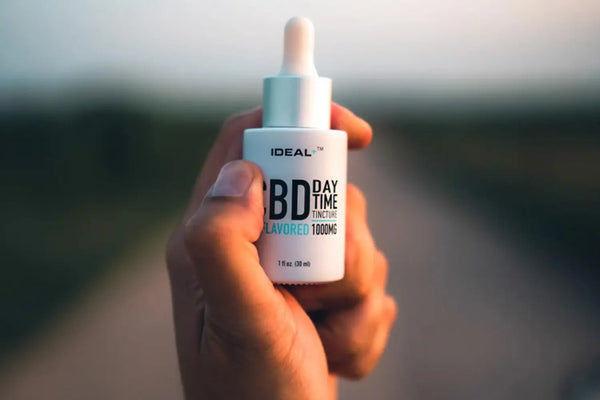
What is CBD Oil?
CBD oil, often referred to as CBD tincture, is one of the most versatile and popular cannabidiol consumption methods available today. This liquid extract is created through a sophisticated process that draws cannabinoids, terpenes, and other beneficial compounds from the hemp plant, resulting in a concentrated solution that's easy to use and dose precisely.
The Extraction Process
The journey from hemp plant to CBD tincture involves several extraction methods, with CO2 extraction being the gold standard. This process uses pressurized carbon dioxide to pull CBD and other compounds from the plant material, creating a pure extract without harmful solvents or chemicals. Other methods include ethanol extraction and oil infusion, each producing hemp extracts with slightly different profiles and potencies.
After extraction, the CBD is typically mixed with a carrier oil—such as MCT oil, hemp seed oil, or olive oil—to improve absorption and make dosing more manageable. This combination creates what most people know as CBD oil or tincture, a product that can contain anywhere from 250mg to 5000mg of CBD per bottle.
Types of CBD Oil Products
When exploring CBD oil vs flower, it's important to understand that CBD oil comes in several forms:
CBD Tinctures: The most common form, featuring CBD extract suspended in a carrier oil, typically packaged with a dropper for easy administration. These sublingual CBD products are designed to be placed under the tongue for optimal absorption.
CBD Capsules: Pre-measured doses of CBD oil enclosed in easy-to-swallow gelatin or vegetarian capsules, perfect for those who prefer a familiar pill format and consistent dosing.
CBD Softgels: Similar to capsules but with a softer outer shell, often easier to swallow and digest.
Each type offers the same core benefits but differs in convenience, onset time, and how the body processes them.
How CBD Oil Is Used
The beauty of CBD oil lies in its versatility. The most common and effective method is sublingual CBD administration—placing drops under the tongue and holding them there for 30-60 seconds before swallowing. This allows the CBD to absorb directly into the bloodstream through the mucous membranes, bypassing the digestive system for faster effects.
However, CBD oil's flexibility extends far beyond sublingual use. It can be:
- Added to beverages like coffee, smoothies, or tea
- Mixed into food recipes, from salad dressings to baked goods
- Applied topically (though topical-specific formulations are more effective)
- Taken in capsule form for convenient, pre-measured dosing
This versatility makes CBD oil an attractive option for those who want multiple cannabidiol consumption methods in a single product. Whether you prefer the direct approach of sublingual administration or the convenience of adding it to your morning coffee, CBD oil adapts to your lifestyle with ease.
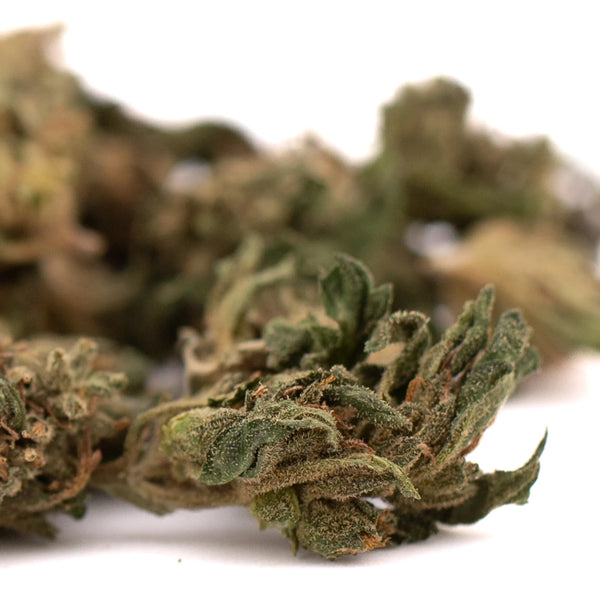
What is CBD Flower?
CBD flower, also known as hemp flower or CBD bud, represents cannabidiol in its most natural, unprocessed form. These are the actual buds harvested from hemp plants specifically cultivated for their high CBD content and negligible THC levels (less than 0.3% as required by federal law). Unlike CBD oil, which undergoes extensive processing and extraction, CBD flower offers a raw, whole-plant experience that many enthusiasts prefer for its authenticity and full-spectrum benefits.
The Natural Alternative
When considering should I use CBD flower or CBD oil, it's important to understand what makes flower unique. These aromatic buds are carefully grown, harvested, dried, and cured—much like their high-THC cannabis cousins—but they're specifically bred to maximize CBD content while remaining legally compliant. The result is a product that looks, smells, and is consumed similarly to traditional cannabis, but without the intoxicating effects.
Hemp flower retains all the natural compounds found in the hemp plant, including a full spectrum of cannabinoids (CBD, CBG, CBC, CBN), terpenes (the aromatic compounds responsible for the plant's distinct smell), and flavonoids. This complete plant profile is what advocates refer to as the "entourage effect"—the theory that these compounds work synergistically to enhance the overall benefits.
Minimal Processing, Maximum Purity
One of the key selling points in the CBD flower vs CBD oil debate is the minimal processing involved with flower. After harvest, the buds are simply dried and cured to preserve their potency and flavor profile. There are no extraction processes, no added carriers, and no additional ingredients—just pure hemp flower exactly as nature intended.
This natural approach appeals to consumers who prioritize organic, whole-plant medicine and want to avoid any processing that might alter the plant's original composition. Each strain of CBD flower offers unique characteristics, from relaxing Indica-dominant varieties to energizing Sativa-leaning strains, giving users the ability to select specific effects and flavor profiles.
Consumption Methods
Inhalation CBD is the primary consumption method for hemp flower, and it can be enjoyed through several approaches:
Smoking: The traditional method using rolling papers, pipes, or water pipes. This provides the fastest onset of effects but involves combustion and smoke inhalation.
Vaporizing: A healthier alternative that heats the flower to release cannabinoids without combustion, producing vapor instead of smoke. Dry herb vaporizers have become increasingly popular among health-conscious consumers.
Making Homemade Edibles: Some users decarboxylate (heat-activate) their flower and infuse it into butter or oil for cooking, though this requires more effort than using pre-made CBD tinctures.
The inhalation CBD method offers the fastest onset of effects—typically within 5-10 minutes—making it ideal for those seeking immediate relief.
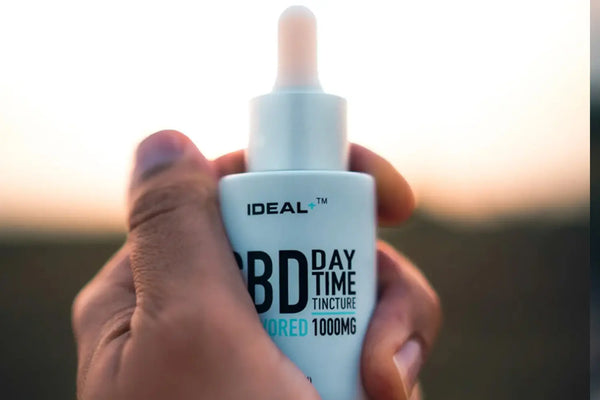
Key Differences Between CBD Flower and CBD Oil
Understanding the specific differences between CBD flower and oil is essential for determining which CBD product is best for your needs. While both deliver cannabidiol effectively, they differ significantly in several important aspects that can make or break your CBD experience.
Onset Time: Speed Matters
One of the most significant distinctions in the CBD flower vs oil comparison is how quickly you'll feel the effects:
CBD Flower: When you inhale CBD flower through smoking or vaporizing, the cannabinoids enter your bloodstream through your lungs almost immediately. Most users report feeling effects within 5-10 minutes, making this the fastest-acting option available. This rapid onset makes flower ideal for acute situations where you need quick relief—whether that's stress, discomfort, or the need to unwind after a challenging day.
CBD Oil: CBD tinctures taken sublingually typically take 30-60 minutes to produce noticeable effects. While slower than inhalation, this is still faster than edibles, which can take 1-2 hours. The sublingual method allows CBD to absorb through the mucous membranes under your tongue, but some of the oil will inevitably be swallowed and must pass through your digestive system, slowing the overall onset.
Verdict: If you're wondering is CBD flower stronger than oil in terms of speed, flower wins decisively for rapid relief.
Duration of Effects: How Long Will It Last?
The flip side of onset time is duration—how long the effects persist:
CBD Flower: While hemp flower acts quickly, its effects are relatively short-lived, typically lasting 2-3 hours. This shorter duration means you may need to consume more frequently throughout the day to maintain consistent effects.
CBD Oil: The slower onset of CBD oil is balanced by longer-lasting effects, typically 4-6 hours or more. Some users report feeling subtle effects for up to 8 hours, especially with higher doses. This extended duration makes oil more convenient for those who want consistent effects without frequent re-dosing.
Verdict: For sustained, long-lasting effects, CBD oil provides better value and convenience.
CBD Bioavailability: How Much Actually Works?
CBD bioavailability—the percentage of CBD that actually enters your bloodstream and becomes active—varies significantly between consumption methods:
Inhalation CBD (Flower): Smoking or vaporizing CBD flower offers bioavailability of approximately 30-40%, among the highest of any consumption method. When you inhale, CBD enters your lungs and goes directly into your bloodstream without passing through the digestive system, where much of it would be broken down.
Sublingual CBD (Oil): Taking CBD tinctures sublingually provides bioavailability of around 20-30%. This is higher than oral consumption (edibles or capsules, which offer only 6-15% bioavailability) but lower than inhalation. The longer you hold the oil under your tongue, the more CBD can absorb directly into your bloodstream.
Verdict: CBD flower offers superior bioavailability, meaning you need less product to achieve the same effects.
Discretion and Social Considerations
Your lifestyle and environment play a crucial role in the CBD oil vs flower decision:
CBD Oil: CBD tinctures are extremely discreet. A small bottle fits easily in a pocket or purse, produces no smell, and can be taken almost anywhere without drawing attention. Taking CBD oil looks no different from taking any other vitamin or supplement.
CBD Flower: Despite being legal hemp, smoking or vaporizing CBD flower looks and smells very similar to marijuana, which can attract unwanted attention or judgment. It's not suitable for workplaces, public spaces, or situations where discretion is important. The lingering smell can also be a concern for those who live with others or in restricted housing situations.
Verdict: For discretion and social acceptability, CBD oil is the clear winner.
Taste and Flavor Experience
CBD Flower: Hemp flower offers a rich, complex flavor profile thanks to its natural terpenes. Depending on the strain, you might experience citrus notes, pine, berry, diesel, or earthy flavors. Cannabis enthusiasts often appreciate these natural flavors, but others may find them too strong or unpleasant.
CBD Oil: CBD tinctures range from natural hemp flavor (which can be quite earthy and bitter) to various flavored options including mint, orange, berry, and vanilla. Many manufacturers have perfected pleasant-tasting formulations that mask the natural hemp taste, making CBD oil more palatable for those sensitive to strong flavors.
Verdict: This is subjective, but CBD oil offers more flavor variety for those who dislike natural hemp taste.
Price and Value Comparison
CBD Flower: Generally, CBD flower offers better value in terms of CBD per dollar. An ounce of quality hemp flower might contain thousands of milligrams of CBD at a lower price point than equivalent amounts of CBD oil. However, the exact amount consumed per session can be harder to measure.
CBD Oil: CBD tinctures tend to be more expensive per milligram of CBD, but they offer precise dosing, longer shelf life, and no need for additional equipment. The convenience factor and longer duration of effects can offset the higher initial cost.
Verdict: CBD flower wins on raw cost-per-milligram, but CBD oil offers better value when considering convenience and consistency.
Versatility and Usage Options
CBD Oil: The versatility of CBD tinctures is hard to beat. You can take them sublingually, add them to food or drinks, use them in recipes, or even apply them topically. They require no special equipment and work in virtually any situation.
CBD Flower: Hemp flower is primarily limited to inhalation, though it can be used to make homemade edibles or tinctures with some effort. You'll need rolling papers, a pipe, or a vaporizer, and consumption is restricted to appropriate locations.
Verdict: CBD oil's versatility makes it the more flexible option for varied lifestyles.
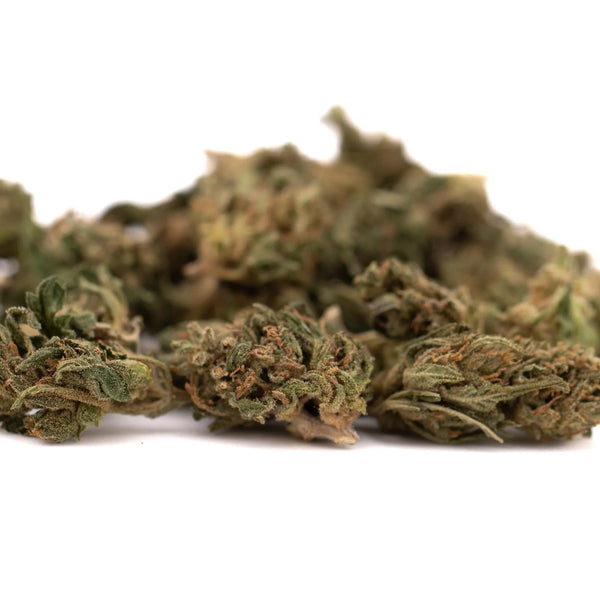
Pros and Cons: CBD Flower vs CBD Oil Comparison
To help you visualize the CBD flower vs tincture benefits, here's a comprehensive comparison table:
CBD Flower
Pros:
- Fastest onset time (5-10 minutes)
- Highest bioavailability (30-40%)
- Full entourage effect with whole-plant compounds
- Natural, minimally processed product
- Better value per milligram of CBD
- Rich flavor profiles from natural terpenes
- Variety of strains with different effects
- No artificial ingredients or additives
Cons:
- Shorter duration (2-3 hours)
- Not discreet - looks and smells like marijuana
- Requires equipment (papers, pipe, or vaporizer)
- Location restrictions - can't use anywhere
- Social stigma despite being legal
- Smoking health concerns (if not vaporizing)
- Difficult to dose precisely
- Strong smell that lingers
- Not travel-friendly in many situations
CBD Oil
Pros:
- Long-lasting effects (4-6 hours)
- Highly discreet - no smell or visible use
- Precise dosing with measured dropper
- Very versatile - multiple consumption methods
- Travel-friendly and portable
- No equipment needed
- Socially acceptable everywhere
- Flavor options available
- Easy to incorporate into daily routine
- Good for beginners
Cons:
- Slower onset (30-60 minutes)
- Lower bioavailability than inhalation (20-30%)
- Higher cost per milligram of CBD
- Shorter shelf life once opened
- May contain carrier oils some people are sensitive to
- Natural hemp taste can be unpleasant (unflavored)
- Less immediate relief for acute situations
- Requires consistency for best results
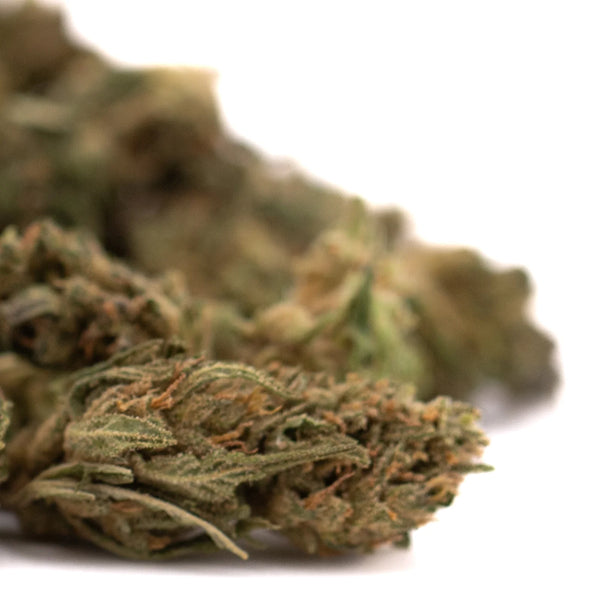
Which CBD Product Should You Choose?
Now that we've covered the comprehensive CBD products comparison, let's address the critical question: should I use CBD flower or CBD oil? The answer depends on your specific circumstances, lifestyle, and wellness goals.
Choose CBD Flower If:
You Need Quick Relief: If you're dealing with acute situations that require rapid response—sudden stress, immediate discomfort, or the need to decompress quickly—CBD flower is your best bet. The 5-10 minute onset time makes it ideal for addressing immediate needs.
You Want Maximum Bioavailability: When CBD bioavailability is your priority and you want the most bang for your buck in terms of cannabinoid absorption, inhalation through flower delivers the highest percentage of CBD into your bloodstream.
You Prefer Natural, Whole-Plant Medicine: If you're passionate about consuming CBD in its most natural form with minimal processing, hemp flower provides the complete plant profile with all its natural compounds working together.
You Appreciate the Ritual and Experience: Many users enjoy the sensory experience of CBD flower—the aroma, the flavor profiles, and the ritual of preparation. If you're someone who wants to engage with their CBD use as an intentional practice, flower offers that experience.
You're Experienced with Cannabis Products: If you're already comfortable with cannabis culture and consumption methods, transitioning to CBD flower will feel natural and familiar.
Budget Is a Primary Concern: For those watching their spending, CBD flower typically offers better value per milligram of CBD, making it more economical for regular users who consume larger amounts.
You Have a Private Space to Consume: If you have a home, patio, or other private area where you can comfortably inhale without concerns about smell or perception, flower becomes a much more viable option.
Choose CBD Oil If:
You Need Convenience and Discretion: For professionals, parents, or anyone who needs to use CBD throughout the day without drawing attention, CBD oil is the obvious choice. It fits seamlessly into any lifestyle without anyone knowing.
You Want Long-Lasting Effects: If you prefer taking CBD once or twice daily rather than multiple times, oil's 4-6 hour duration provides sustained effects that last throughout your workday or well into the evening.
You Need Precise Dosing: When tracking your CBD intake is important—whether for personal records or medical reasons—CBD tinctures allow you to measure exactly how many milligrams you're taking each time.
You Travel Frequently: CBD oil is airport-friendly, doesn't attract attention from law enforcement or security, and can be easily transported anywhere you go. Most CBD tincture bottles meet TSA liquid requirements.
You're New to CBD: Beginners often find CBD oil more approachable. There's no learning curve, no equipment to buy, and dosing is straightforward—start low and increase gradually until you find your sweet spot.
You Want Versatility: If you like the option to take CBD sublingually sometimes, add it to your smoothie other times, or mix it into recipes, oil provides that flexibility that flower simply cannot match.
You Avoid Inhalation: For those with respiratory concerns, asthma, or anyone who simply prefers not to inhale anything, CBD tinctures offer an effective alternative delivery method.
You Live in Restricted Housing: Apartments with no-smoking policies, dorms, or shared living situations often make flower impractical, while oil can be used anywhere without issue.
The Best of Both Worlds
Here's an often-overlooked approach: you don't have to choose just one. Many experienced CBD users maintain both CBD flower and CBD oil in their wellness arsenals, using each for different situations:
- CBD flower for evening relaxation at home when you want quick effects
- CBD oil during work hours for sustained, discreet support
- CBD flower for acute situations requiring immediate attention
- CBD oil as a daily baseline dose taken each morning
This dual approach allows you to leverage the strengths of each product while minimizing their weaknesses. You get rapid relief when needed and long-lasting support when preferred, all while maintaining discretion and convenience where it matters.
Personal Preference Factors
Beyond the practical considerations, which CBD product is best often comes down to personal preference:
Lifestyle Alignment: Does your daily routine allow for inhalation breaks, or do you need something you can take anywhere? Your answer will heavily influence whether CBD flower or oil is better for you.
Health Philosophy: Are you someone who gravitates toward whole-plant, minimally processed natural products, or do you prefer refined, standardized supplements?
Sensory Preferences: Do you enjoy the robust flavors and aromas of cannabis, or would you rather have a subtle or flavored experience?
Social Comfort: How comfortable are you with the visual similarity between legal hemp flower and marijuana? Your answer matters more than you might think.
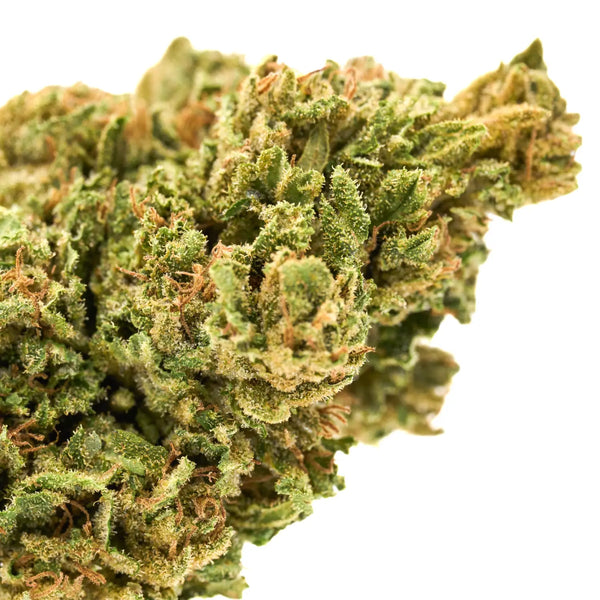
Frequently Asked Questions
Is CBD flower stronger than CBD oil?
The strength comparison between CBD flower vs oil is nuanced. CBD flower offers higher bioavailability (30-40% vs 20-30%), meaning more of the CBD reaches your bloodstream, and it acts much faster (5-10 minutes vs 30-60 minutes). However, CBD oil provides longer-lasting effects (4-6 hours vs 2-3 hours) and allows for more precise dosing. In terms of immediate potency and rapid onset, CBD flower could be considered "stronger," but oil's sustained release provides more consistent effects over time.
Can you use CBD flower and CBD oil together?
Absolutely! Many users combine both products for optimal benefits. You might take CBD oil in the morning for baseline support throughout the day, then use CBD flower in the evening for rapid relief and relaxation. This approach leverages the fast-acting nature of flower with the long-lasting convenience of oil. Just be mindful of your total CBD intake and start conservatively if you're new to combining products.
Which is better for beginners: CBD flower or oil?
For most beginners, CBD oil is the more approachable option. It requires no special equipment or technique, offers precise dosing, and allows you to start with very small amounts and gradually increase. The discrete nature means you can experiment without feeling self-conscious. However, if you're already familiar with cannabis consumption or prefer inhalation methods, CBD flower can work well for beginners too—just start with small amounts since effects come on quickly.
Does CBD flower smell like marijuana?
Yes, CBD flower smells very similar to marijuana because they're both from cannabis plants and share many of the same terpenes. Despite being legal hemp with less than 0.3% THC, the aroma is virtually indistinguishable to most people. This is an important consideration for discretion and social situations. CBD oil, by contrast, has a much milder smell that dissipates quickly, and flavored versions have no cannabis smell at all.
How do I determine the right CBD dosage for me?
Dosage is highly individual and depends on factors like body weight, metabolism, the specific effects you're seeking, and your experience with CBD. With CBD oil, start with 10-20mg daily and increase by 5-10mg every few days until you achieve desired effects. Most people find their sweet spot between 20-50mg per day. With CBD flower, start with one or two small inhalations and wait 10 minutes to assess effects before consuming more. Keep a journal to track doses and effects for best results.
Is vaping CBD flower healthier than smoking it?
Yes, vaporizing hemp flower is generally considered healthier than smoking because it heats the flower to release cannabinoids and terpenes without combustion. This means you avoid inhaling the harmful byproducts of burning plant material, such as tar and carbon monoxide. Vaporization occurs at lower temperatures (typically 350-450°F) compared to smoking, preserving more beneficial compounds while reducing respiratory irritation. However, any form of inhalation carries some risk, so those with respiratory concerns should consider CBD oil instead.
Can I travel with CBD flower and CBD oil?
Travel regulations differ significantly between the two products. CBD oil derived from hemp is legal to fly with domestically in the US, as long as it contains less than 0.3% THC and you follow TSA liquid guidelines (containers under 3.4 oz in carry-on). CBD flower, while federally legal, is much riskier to travel with because it looks and smells identical to marijuana. Law enforcement and TSA agents may not distinguish between the two, potentially leading to complications. Many users avoid traveling with flower and stick to oil for trips.
Will CBD flower or oil show up on a drug test?
Both CBD flower and CBD oil contain trace amounts of THC (up to 0.3% by law), which can accumulate in your system with regular use. This means both products could potentially cause a positive drug test result, especially if you consume large amounts or use products daily. Full-spectrum products carry the highest risk, while broad-spectrum or isolate-based CBD products have lower risk but aren't completely risk-free due to labeling inconsistencies in the industry. If you face drug testing, consider this carefully regardless of which product you choose.
How should I store CBD flower and CBD oil?
CBD flower should be stored in airtight containers away from light, heat, and moisture. Glass jars with tight seals work best. Proper storage preserves the cannabinoids, terpenes, and prevents mold growth. Stored correctly, CBD flower remains potent for 6-12 months. CBD oil should be kept in a cool, dark place—many users refrigerate their oil after opening. The dark glass bottles most tinctures come in protect against light degradation. Most CBD oils remain effective for 12-18 months unopened and 6-12 months after opening.
Are there any side effects of CBD flower or oil?
Both CBD flower and CBD oil are generally well-tolerated, but some users experience mild side effects including dry mouth, drowsiness, changes in appetite, or digestive discomfort. These effects are typically dose-dependent and subside with continued use or dosage adjustment. Inhalation of flower may cause throat irritation or coughing, especially for new users. CBD can also interact with certain medications, so consult with a healthcare provider if you take prescription drugs, particularly blood thinners.
Conclusion
The debate between CBD flower vs oil doesn't have a universal winner—both are highly effective hemp extracts that serve different needs and preferences. Understanding the difference between CBD flower and oil empowers you to make an informed choice based on your unique circumstances.
CBD flower excels when you need rapid relief, maximum bioavailability, and the full entourage effect of whole-plant medicine. Its natural, minimally processed form appeals to those who value authenticity and don't mind the ritual of preparation and consumption. The cost-effectiveness and rich sensory experience make it ideal for home use and evening relaxation.
CBD oil shines in convenience, discretion, and versatility. Its long-lasting effects, precise dosing, and social acceptability make it perfect for incorporating CBD into busy, public-facing lifestyles. The ability to take it anywhere, anytime, without equipment or attention makes it the practical choice for most people's daily wellness routines.
Remember that these products aren't mutually exclusive. Many CBD enthusiasts maintain both in their wellness toolkit, using each for different situations—flower for immediate evening relief and oil for sustained daytime support. This complementary approach allows you to enjoy the unique benefits of both cannabidiol consumption methods.
Whether you prioritize speed, duration, discretion, bioavailability, or budget, there's a CBD product that fits your needs. Start with the option that aligns best with your lifestyle and goals, and don't hesitate to explore both as you refine your CBD routine.
Ready to experience the benefits of CBD? Explore our premium selection of CBD flower for rapid, natural relief, or browse our carefully crafted CBD oil collection for convenient, long-lasting support. Your perfect CBD experience awaits!

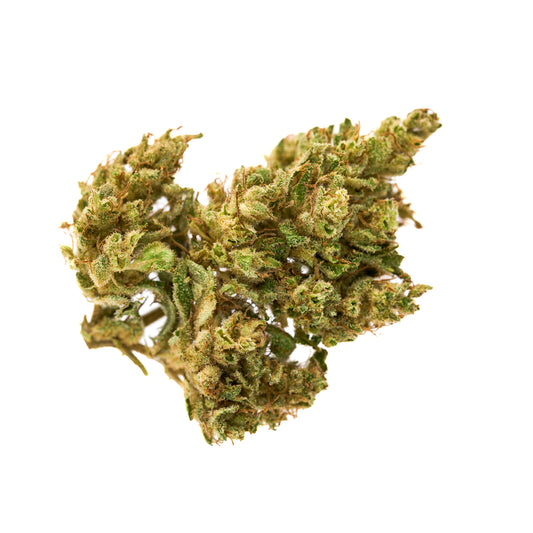
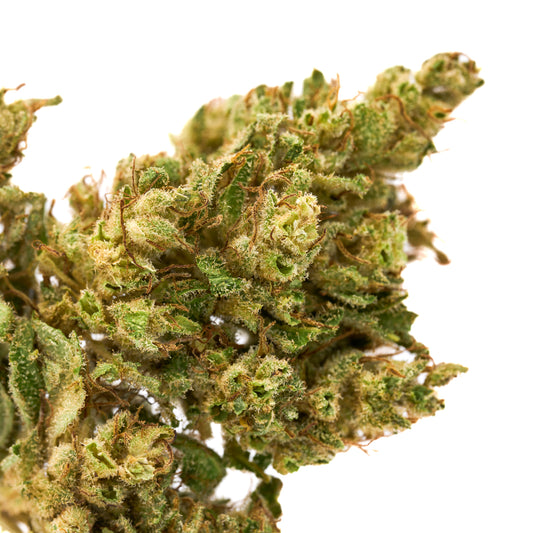
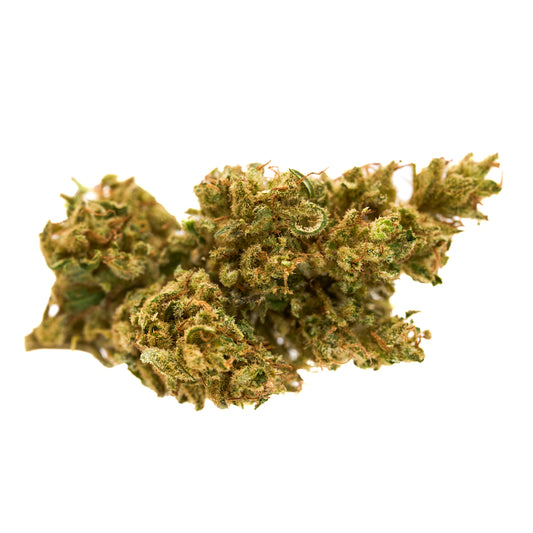
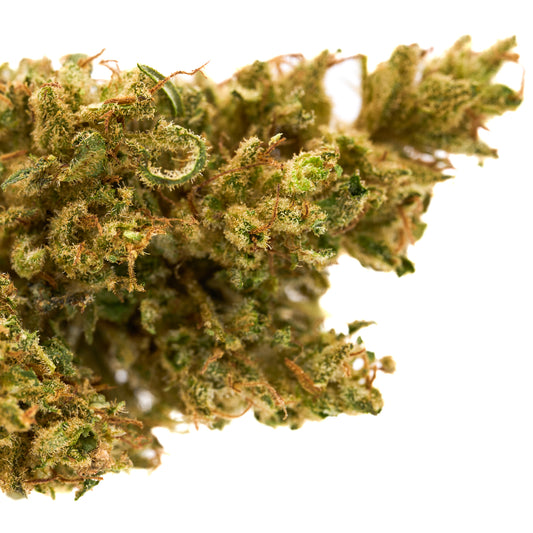
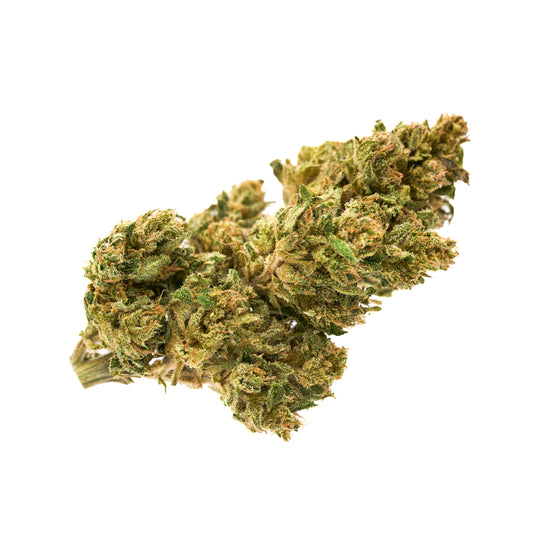
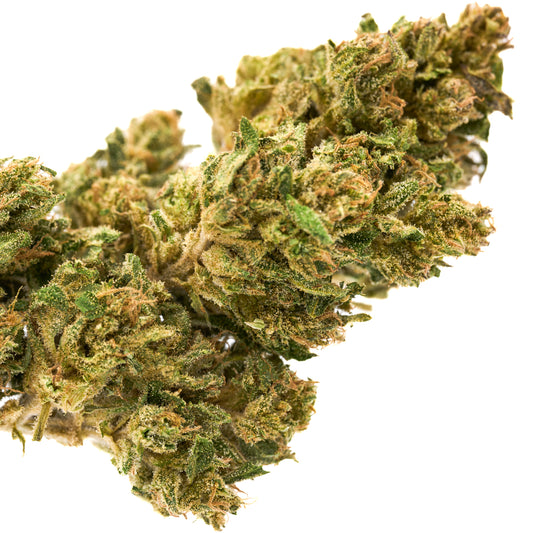


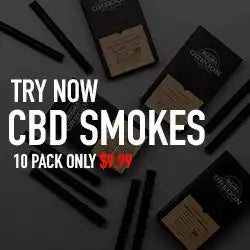
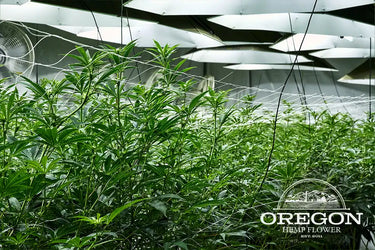

Leave a comment
Please note, comments need to be approved before they are published.